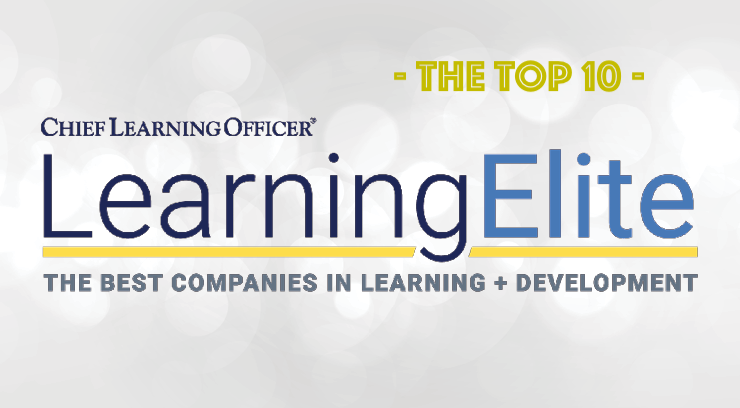
The U.S. Customs and Border Protection’s Office of Training and Development ranked No. 3 among this year’s 59 LearningElite organizations. Here’s how they’ve built their learning strategy to be about “training at the speed of operations.”
by Elizabeth Loutfi-Hipchen
August 13, 2021
The business of national security requires a powerful corporate learning and development strategy. For the country’s largest law enforcement agency with a workforce of 65,000, the Department of Homeland Security’s U.S. Customs and Border Protection, there is little room or time to make mistakes.
The agency oversees all things related to trade, immigration and national security in the U.S., and is the front line of defense against a wide range of threats and illegal activities on the country’s legal borders, and in transportation by air, sea or land.
Its L&D unit, the Office of Training and Development, ranked No. 3 in this year’s LearningElite Top 10 for demonstrating an effective L&D strategy supported by a team of 800 people and more than 200 courses strong. It’s about “training at the speed of operations,” in the words of Chris Hall, assistant commissioner for the Office of Training and Development and the agency’s chief learning officer.
However, during the agency’s early years, the learning strategy wasn’t always as agile. Hall says that they followed a very standard process of taking one of their large workforces and looking at it using a big curriculum review process every five to nine years, but this ultimately failed to make substantial changes to the curriculum or address new objectives or threats that were currently happening.
“We completely restructured our organization,” Hall says. Operations, which were mostly headquarters-centric when Hall first entered his role, were reorganized and redistributed, enabling the L&D team to immediately address new force objectives or change training scenarios, and push learning modules out for new policies or laws as they are being announced.
Locked in
Hall is one of the agency’s 13 assistant commissioners who are all a part of the leadership team along with a commissioner, a deputy commissioner and six more executives. “We’re locked in all the time with what the goals are for border patrol this year, what the goals are for customs this year,” Hall says. “We’re working directly with everybody and we’re going through their biggest threats on a regular basis.”
The agency’s leadership maintains a strong overall commitment to the learning strategy. “When there’s a problem or there’s something to face, training is one of the first levers to pull,” Hall says.
For example, in 2012, when the agency’s use of force and violence at the border spiked to 55 uses in a single year, Hall was at the helm of an investigation and strategy that ultimately restructured how they led their training efforts organizationwide. “In the five years after, the use of deadly force went down every single year, down to 15 uses of deadly force in 2018,” he says.
Hall’s role leading this effort earned him the Learning in Practice Bronze Strategy Award in 2020.
This past January, the agency announced a new border patrol processing coordinator position that would help oversee individuals apprehended by the agency, and occasionally assume transportation responsibilities, a position which was developed by the L&D team. Hall says Immigration and Customs Enforcement and Health and Human Services are “overwhelmed” by the number of people they have in their facilities. This new position would allow the agency to assist at the facilities, freeing up border patrol agents who previously would have been taken off the front line to help out.
The first class of border patrol processing coordinators graduated in the springtime.
Looking ahead
Despite the uncertainty caused by the COVID-19 pandemic, Hall says the agency has a new theme for its learning strategy in addition to training at the speed of operations.
“Organizational resilience. The trials and tribulations of COVID ended up bringing a new way of thinking and opportunity for us,” he says. “It’s helped us find new ways to do business that are going to help us going forward.”




